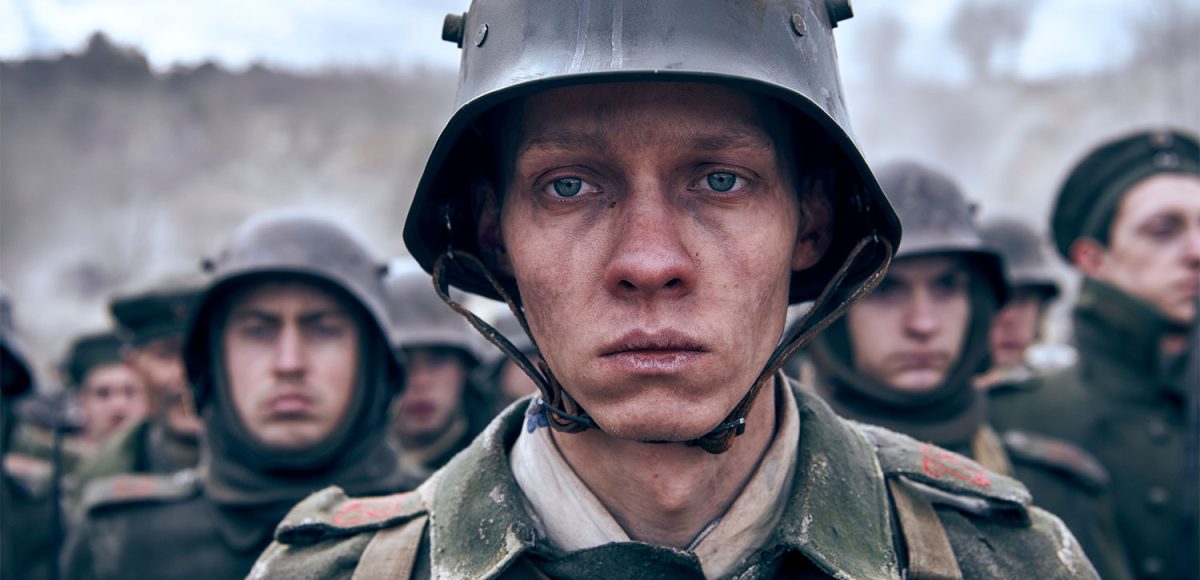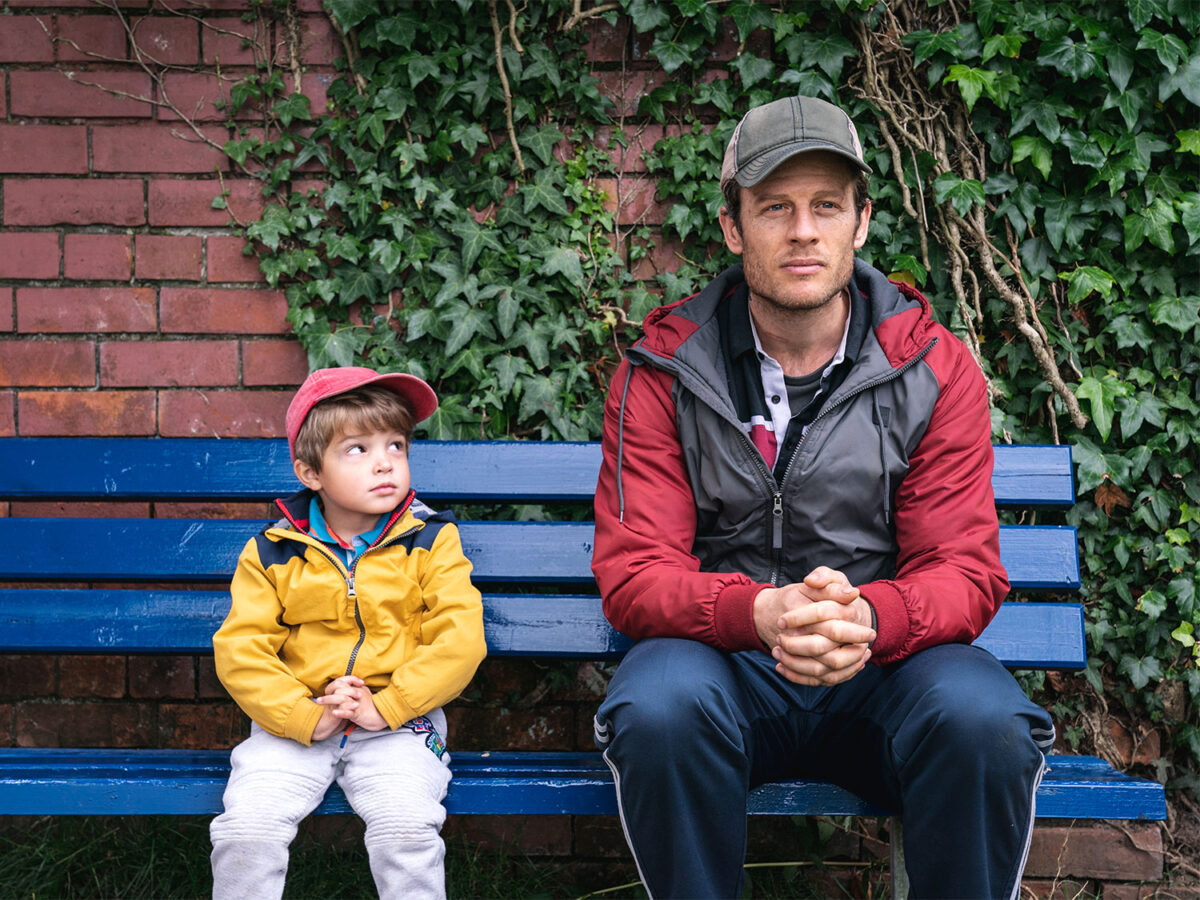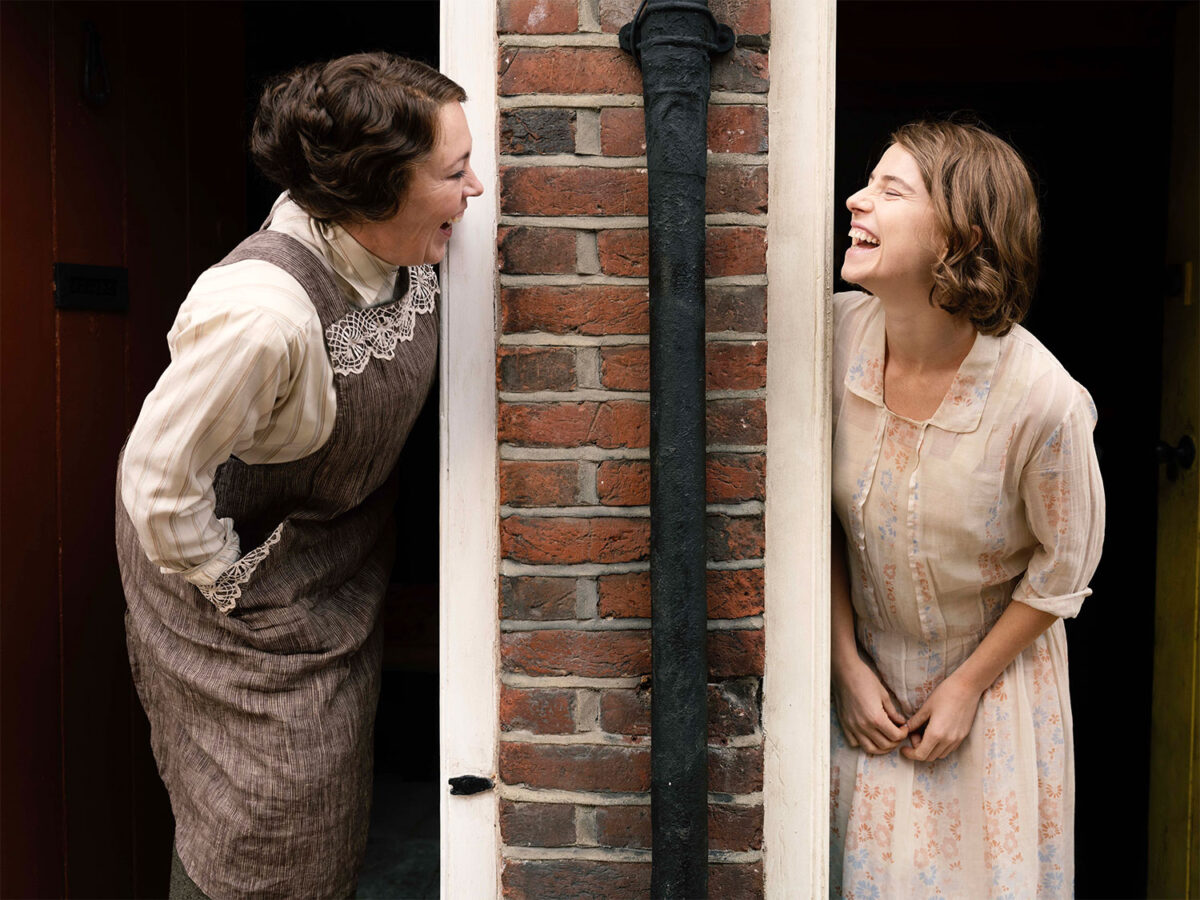The Oscar nominations have been announced and there is as much hand wringing as celebrating. It’s really a game of “you never can tell.” We all understand Best Picture, the Best Acting categories, Best International Feature, and Best Animated Film. We also have our own favorites, some of which made the cut and others, in a teeth grinding sort of way, didn’t. A rule of thumb, in the nominations process, with few exceptions, only Academy members in each specific division may vote on the nominations for that category. We’ll discuss what was considered a surprise nomination and what was thought of as a snub, but not until the end.
What I thought would be of interest is all those categories that on one level we understand, and on a deeper level we don’t. These are the so-called crafts categories and the first thing to consider when dealing with the various crafts is how they help define the story and/or characters in the film.
Cinematography: It’s the camera. Point and shoot? Not quite so simple. The cinematographer or director of photography (DP) is an arm of the director. The director will often say what he’s after in a scene, what look he’s going for, or how he wants it shot. But it’s usually the DP who is the guiding force, knowing how to achieve what the director wants or suggesting an alternative approach that may actually be better. Cinematography encompasses the lighting, framing, focus (wide or closeup) and composition of the shot. It’s not just the placement of the camera, but how that placement helps define the action and tell the story. One of the best historical examples I can think of is the shot of Lawrence of Arabia (Peter O’Toole) appearing as a spec on a horizon of infinite sand dunes coming closer and closer into focus. That one shot tells you everything you need to know about how that character views himself and how that story will be told going forward. David Lean, the director, may have told F.A. Young, the cinematographer, what he wanted to see but it was Young, playing with light, shadow, and reflection who executed it. A great cinematographer leaves an indelible mark, improving poor material or further heightening great work.
Production Design: Also known as the Art Director, sharing the stage with the Set Decorator, they establish the overall look of the film. They define where the film is in terms of time, location, and even mindset. A good example from this year’s films, sadly not nominated in this category, is “Living.” First you see archival footage of London circa 1954 setting the time and locale. The train stations and tea houses are period perfect, but it is the interior office space, a dark wooden warren of small cramped cubby holes with paperwork piled practically to the ceiling that helps explain who Mr. Williams and his employees are, what the time period was like, and most importantly, highlighting the hierarchy within the job as illustrated by desk placement in the office. The mindset has been established, now comes further character definition through Costume Design along with Hairstyling and Makeup.
Costume Design: Costume designers belong to the Art Directors Guild, and, along with the Art Director, they work to establish character and enhance the overall look of the film. Working with the director, the costume designer helps come up with the concept of the characters through dress – who they are, where they’ve come from, where they’re going, boundaries in terms of class or education, self-confidence or lack thereof. One of my favorite small films this year was “Mrs. Harris Goes to Paris.” Not only did costume designer Jenny Beavan get to recreate Dior gowns of the late 1950s, more importantly she established character and class with the way she costumed Mrs. Harris transformed from drab cleaning lady to confident woman, no longer a wallflower. Costume design in film is truly a case where clothes do make the man, or rather the character.
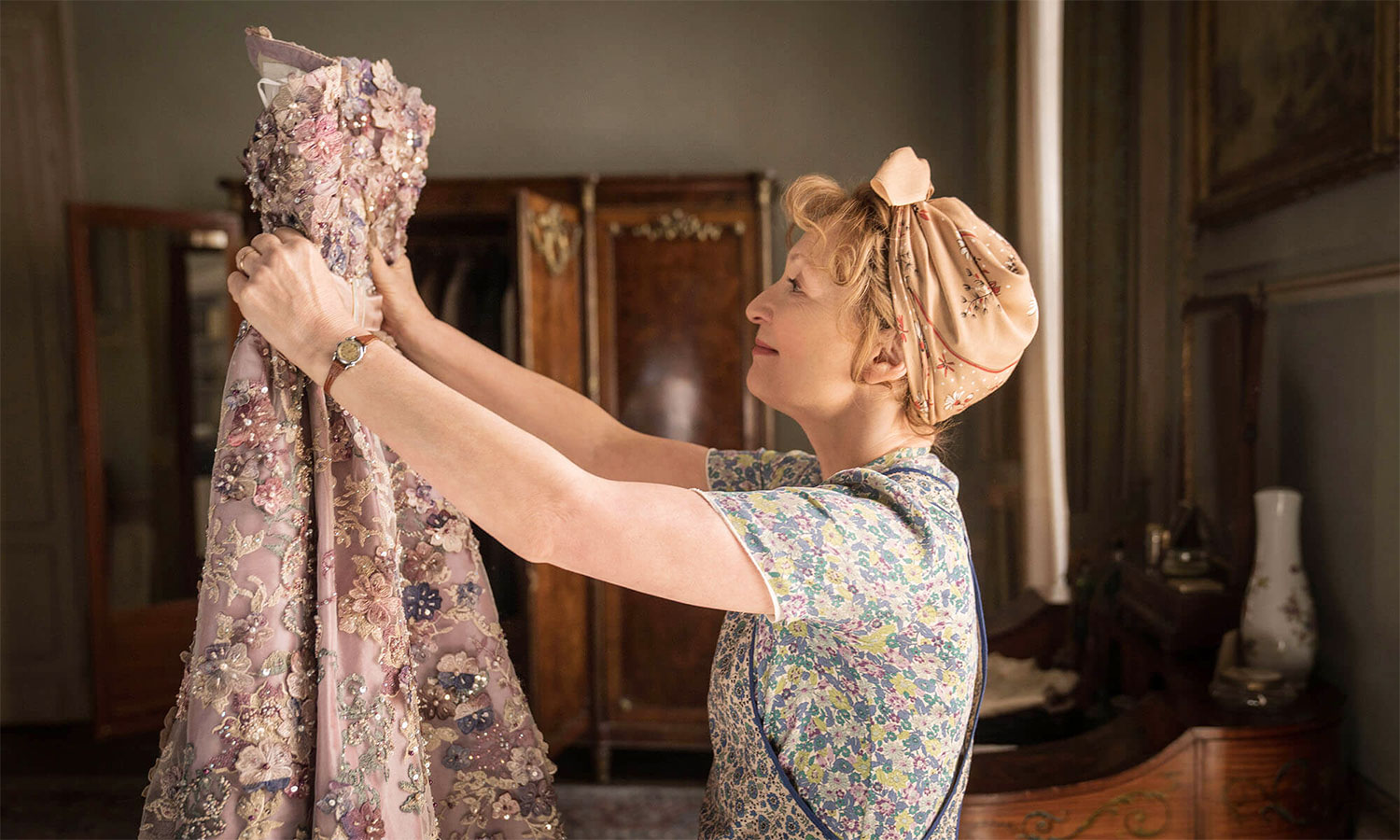
Make-up and Hair Styling: Make-up became a category in 1981, in part because of protests over the lack of recognition for the extraordinary work that was done in creating “The Elephant Man.” Hair stylists were added to this category in 1993. Make-up and hair styling are part and parcel of creating the appearance and effect of the characters. “Elvis,” also nominated for Costume Design and Production Design, has very exacting needs in terms of character and time definition. This is a very period-specific film that must recreate and enhance what we already know about Elvis and the 1950s. In many ways it may be harder to recreate within distinctive parameters than to create from whole cloth.
Sound: You’d think this would be an easy one to figure out but there is a lot here that doesn’t meet the eye (or the ear). Sound includes sound mixing, recording, sound design and sound editing. It might be recorded live during filming but also includes re-recording. Films are not shot chronologically, but partial scene by partial scene. Sometimes what’s recorded on set can’t be used for one reason or another so re-recording in a studio is necessary. This is where dubbing comes in. An actor, in a studio, speaks his lines into a microphone trying to match it to his performance on the film being played in front of him. This was hilariously portrayed in “Singing in the Rain” as the producers were attempting to dub sound into their silent pictures. Sound mixing, often taking place during filming, is the process of balancing what is being recorded to make it harmonious. The object is to get the sound level to enhance and not overpower the scene. In post production, a good example of this would be rain, or building tension with background sounds or music. You want to be aware of the noise but at a more subliminal level. Sound editing can involve the manipulation of sound to reflect the overall atmosphere or what the main character is hearing. In sound editing, individual sounds are created or manipulated to contribute to the depth and effects in the film. Originally, sound editing was predominantly used in Sci-Fi and war movies where those sound effects were original creations added in post-production. Sound nominees “All Quiet on the Western Front” and “Avatar: The Way of Water” are two sides of the sound editing coin.
Visual Effects (VFX): According to Studio Binder, “VFX is a term used to describe imagery created, manipulated or enhanced for any film.” Seems to be a lot like sound editing and mixing, but in the visual field rather than auditory. Visual effects often integrate the existing film footage with footage created to manipulate or enhance the concept or atmosphere. It can involve shooting with a green screen where an actor will perform in front of a blank green or blue screen and the appropriate background will be added in post-production. This could be something as simple as a character appearing to be in Paris or monsters filling the background in a horror film. The effects could also be computer generated (CGI) to simulate situations that are too dangerous to shoot live or things that don’t actually exist (like imaginary creatures in Sci-Fi). The object is to bring as much reality into an unreal situation as possible. There is much artistry in this craft making it all so seamless you don’t realize it’s there. But other times, the object is to make the unreality stand out. An excellent example of that would be in “Everything Everywhere All at Once” or the excellent Indian film “RRR”(Neither nominated in this category, by the way). This year’s Visual Effects nominations leaned toward fantasy (“Avatar: The Way of Water,” “The Batman” and “Black Panther: Wakanda Forever”) and war (“All Quiet on the Western Front” and “Top Gun: Maverick”).
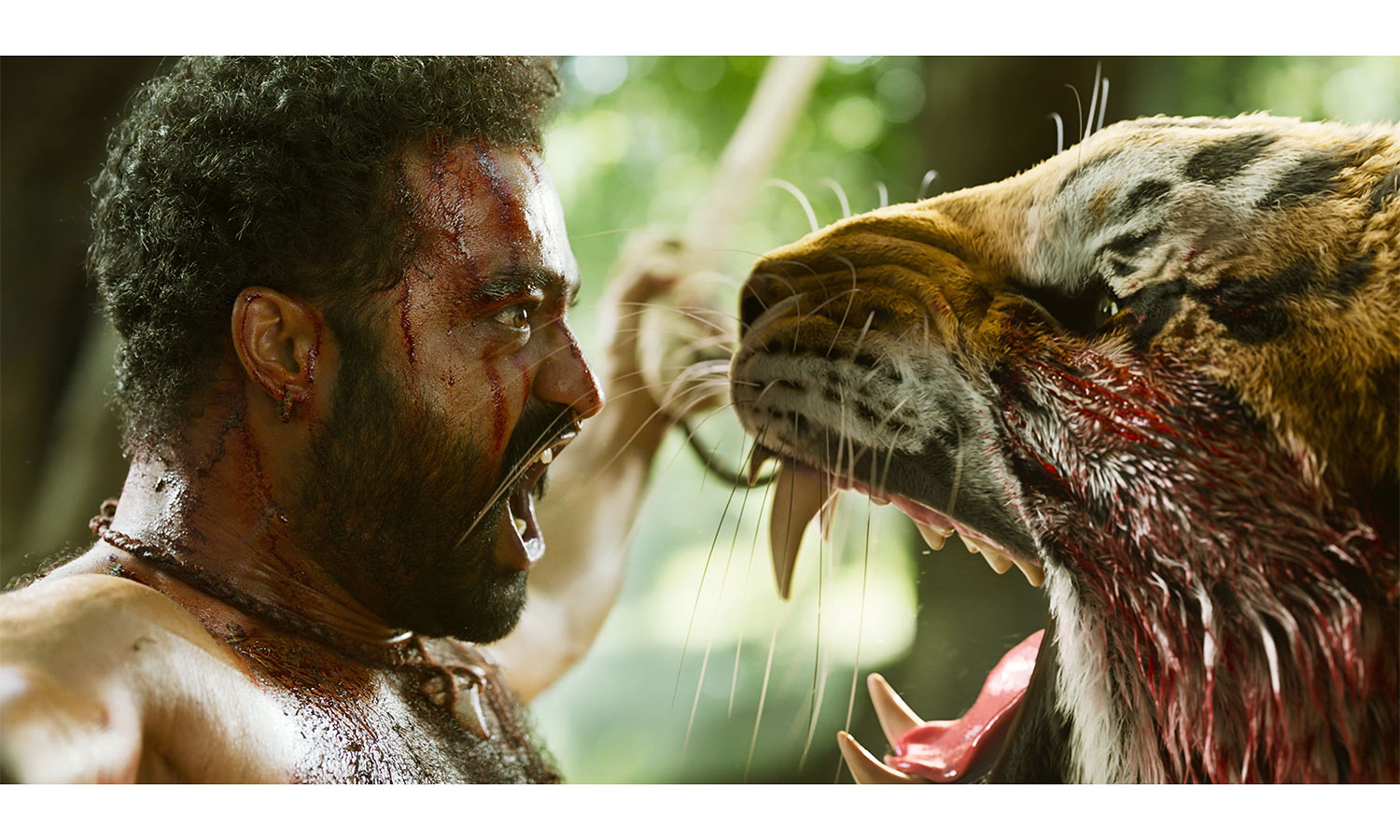
Film Editing: Both the simplest to understand and the most difficult to do. As previously mentioned, movies are not shot chronologically, not even by whole scenes. The script is divided into digestible parts that depend on many factors such as grouping locations together, filming according to actor availability, whether the day’s filming will be indoors, outdoors or at a different location. Multiple takes are made of each scene shot, whether a close up of the hero or a long shot of a group of people in the background. When shooting, the director may have in mind what he’d like to see in the final version but he’s still making up his mind about emphasis. The editor and the director will have discussed what the director is trying to achieve scene by scene. Knowing this, the editor takes the resulting film snippets and puts them together to make the film flow as a whole, enhancing the tension and pacing for drama or timing for comedy, as needed. If you have seen “Everything Everywhere All at Once,” you will have been struck by the nonsensical intersecting stories and pacing. As otherworldly as it is, somehow it all pulls together seamlessly. That’s the editor.
Film Score: The score is an original piece of music that is created to enhance the story and emotions based on the director’s suggestions. This is usually done post production with the director sitting with his chosen composer watching the film and signally where he feels the music is needed and what emotion or actions to highlight. My favorite story about a film score composer relates to three-time winner Max Steiner who wrote the score for the 1939 film “Dark Victory” starring Bette Davis. Davis, playing a woman going blind from an inoperable brain tumor, was adamant to both the studio and director that her final ascent to her room to die with dignity should be silent. That she needed no external enhancement to underscore her emotions. She proclaimed, “Either I’m going to climb those stairs or Max Steiner is going to climb those stairs, but I’ll be goddamned if Max Steiner and I are going to climb those stairs together.” Davis was right but she lost that fight.

Director: This brings us to the circus ringmaster better known as the director. He (and this year, as in most other years, it is a he) chooses the people to make up all the parts he needs to formulate his vision of what the movie should be and how it should look. It is unusual for a director not to be nominated when his film is up for Best Picture. But, looking at the numbers, there are five nominations for director and 10 nominations for Best Picture. Someone is going to be left at the curb.
Writing: This category is divided into Original Screenplay and Adapted Screenplay. The most important takeaway here is to remember one thing. There is no film without the writer. This year, like most others, they had some great stories to tell. Of special note, all five writers nominated for Best Original Screenplay were also nominated as Best Director; and all five of those films are also candidates for Best Picture.
Now about those surprises and snubs
“Living” should have been on the Best Picture list. I can’t say what should have been dropped in its favor but it was a gem of subtle emotion, time stamped in an era struggling to get beyond a war. Both writer Kazuo Ishiguro, nominated for Best Writing (Adapted Screenplay), and Bill Nighy for Best Actor were deservedly singled out, but the movie itself was a polished diamond that tapped into human nature, both good and bad. Every piece, from the production design, editing, cinematography, costume design, and sound were pitch perfect.
“The Woman King ’ was an outstanding feature directed assuredly by a woman, Gina Prince-Brythewood, who guided Viola Davis (also not nominated) to one of her best performances. Production Design, Costume Design, Sound, Score, Cinematography were all stunning and all overlooked.
The Documentary Category in general. Run by an opaque committee, no one is sure how they come up with their choices. I was certainly disappointed that “Viva Maestro” and “Turn Every Page,” films that inspired and enthralled, did not appear on any lists. Maybe I’m missing something, but I’m not sure what.
In Cinematography, I must confess that I have not seen “Bardo, False Chronicle of a Handful of Truths,” but I did see “Empire of Light.” Roger Deakins’ work was good, but it’s sort of like the MVP rarely if ever comes from a bad team. A better choice might have been Ben Davis for his stunning and evocative photography of Ireland in “The Banshees of Inisherin.”
I was very disappointed that Paul Dano (“The Fabelmans”) was overlooked for his performance as the father. He’s so good you can’t imagine that he’s acting. His character subtly and thoroughly underpinned the movie; the perfect counterpoint to Michelle Williams’ self-involved mother. While I’m at it, it’s too bad there wasn’t room for Seth Rogen to be recognized as the catalyst in the parents’ breakup. Long appreciated for his comedy, he wasn’t just the comic foil but instead was a smiling, malevolent presence in that hearth and home. Again, like Dano, you didn’t see him acting.
There were other surprise nominations, notably Paul Mescal in “Aftersun” for Best Actor; Brian Tyree Henry for Best Supporting Actor; Ana de Armas in “Blonde” and after a stunning social media and email campaign, Andrea Riseborough in “To Leslie,” neither of which I’ve seen. But no nomination for Viola Davis? Really? And I’m extremely perplexed by the love fest given to “Triangle of Sadness.” Best Picture? Hardly.
At the end of the day, and that day will come on March 12 when the ceremony is televised, it’s all opinion, whether it’s yours, mine, or theirs. I’ll stay tuned to watch and I bet you will too.



